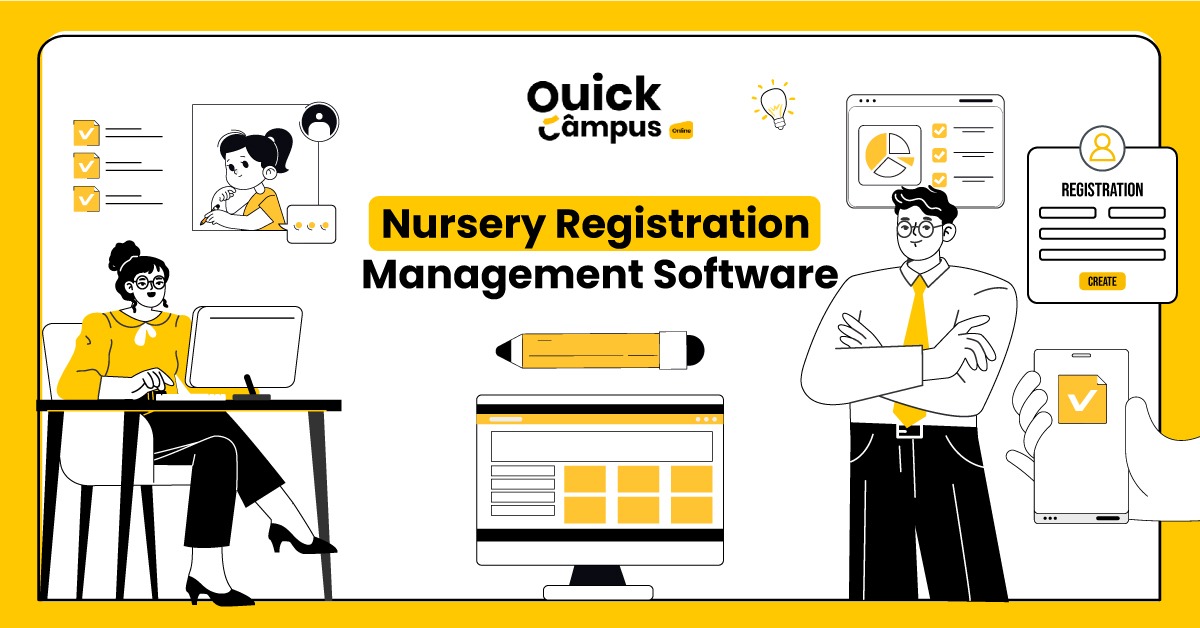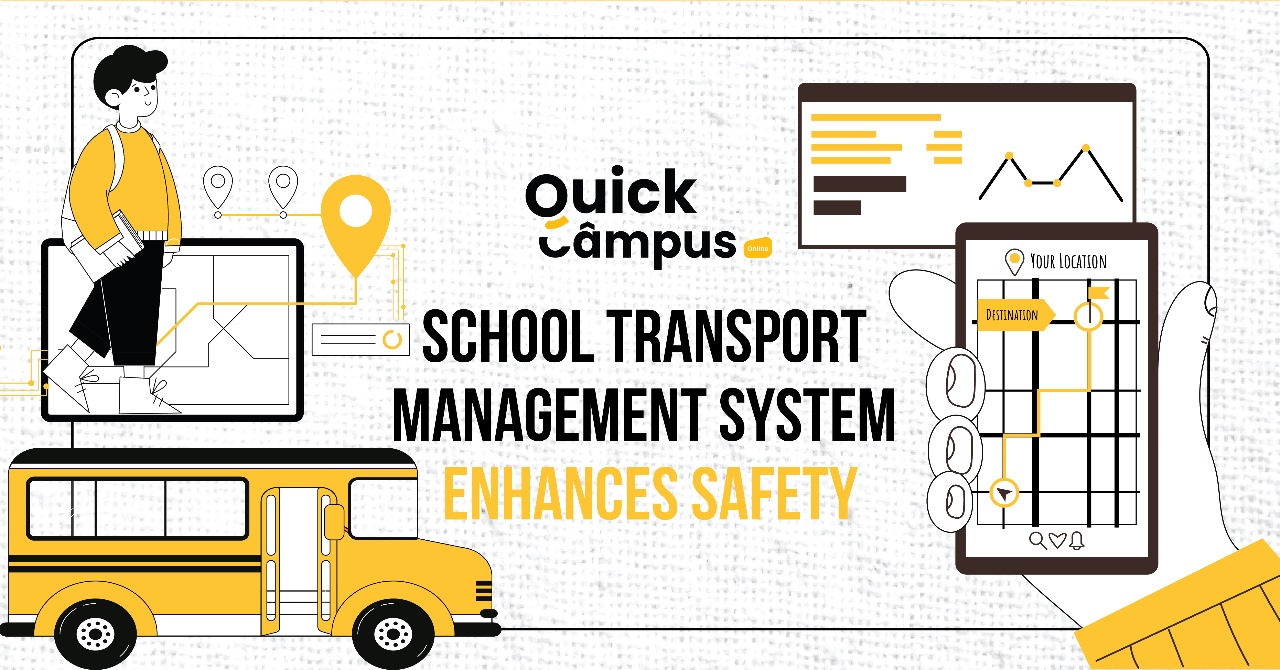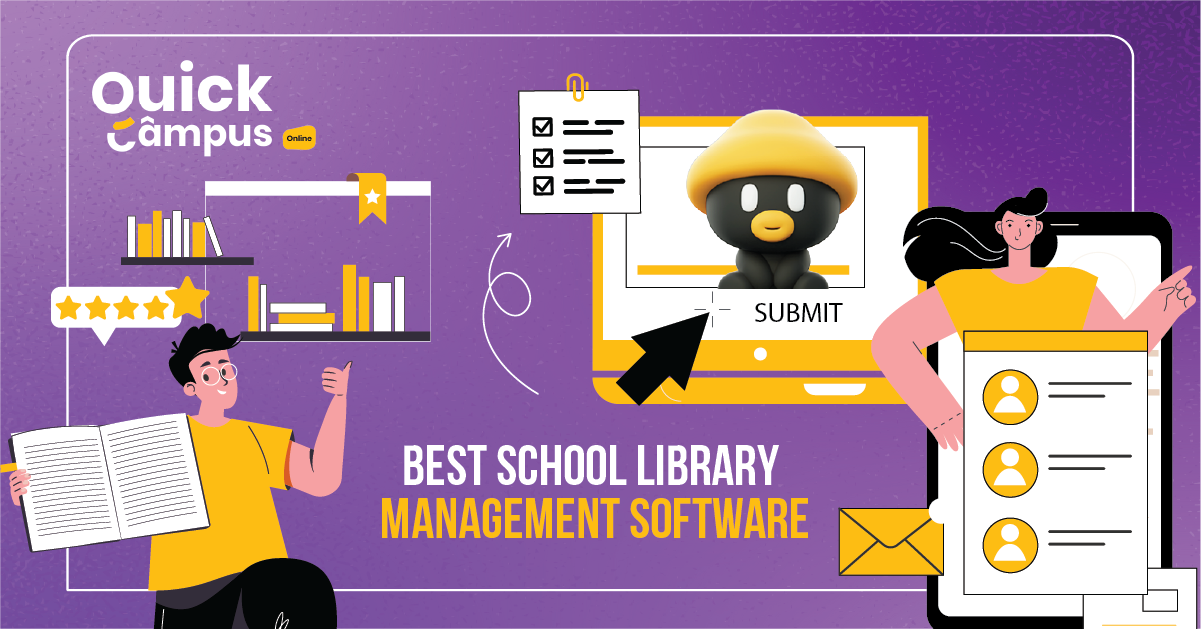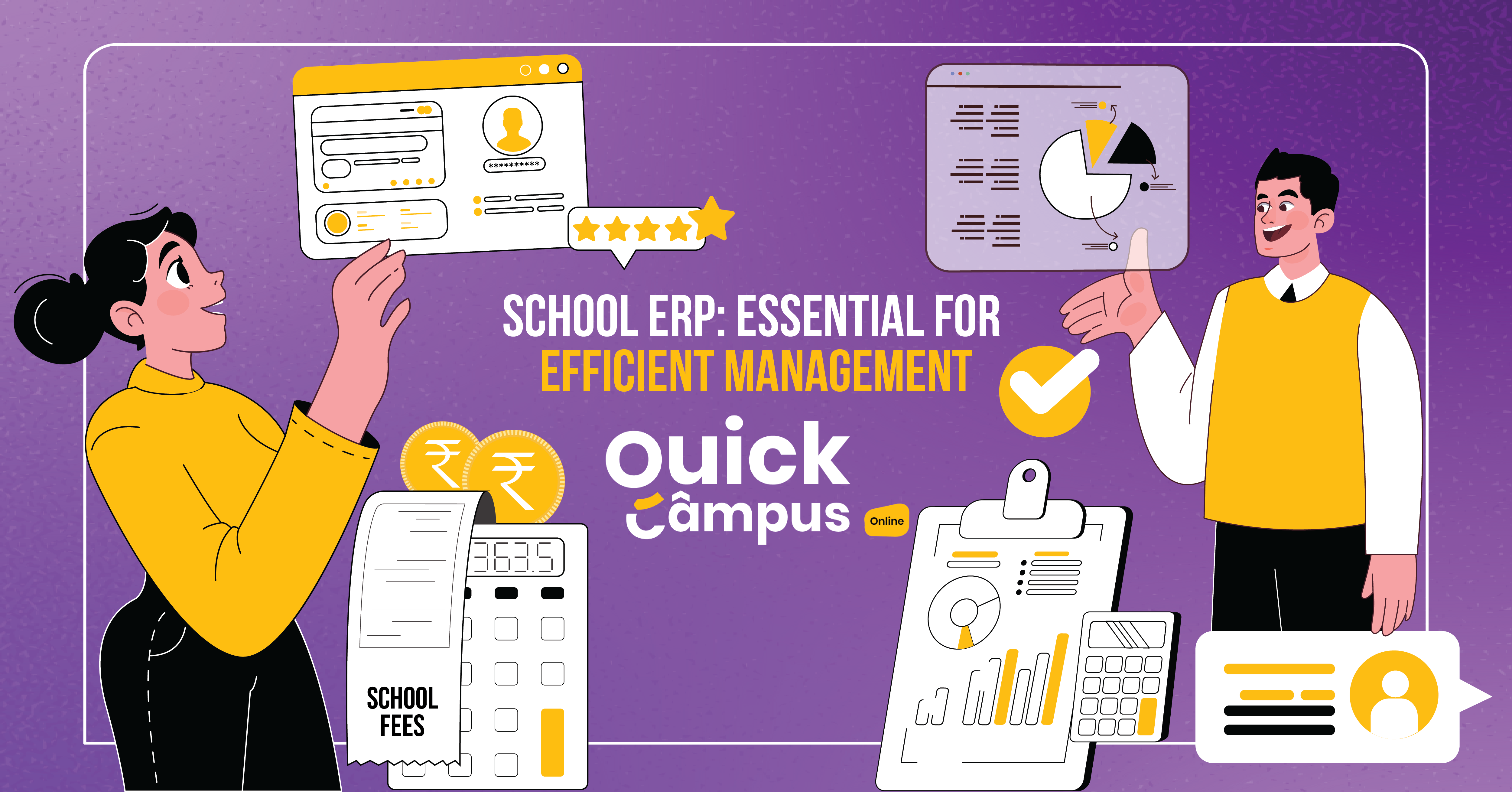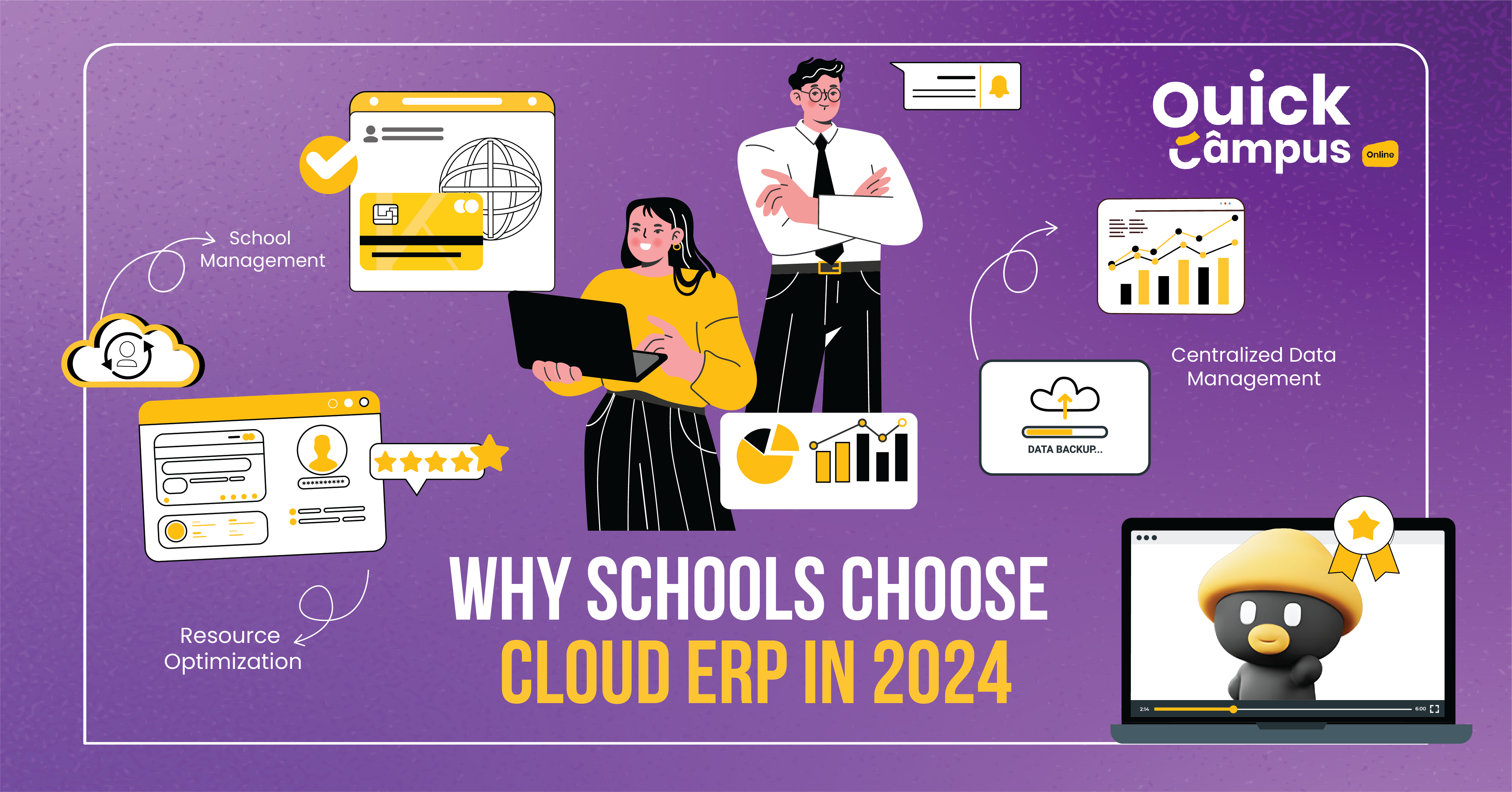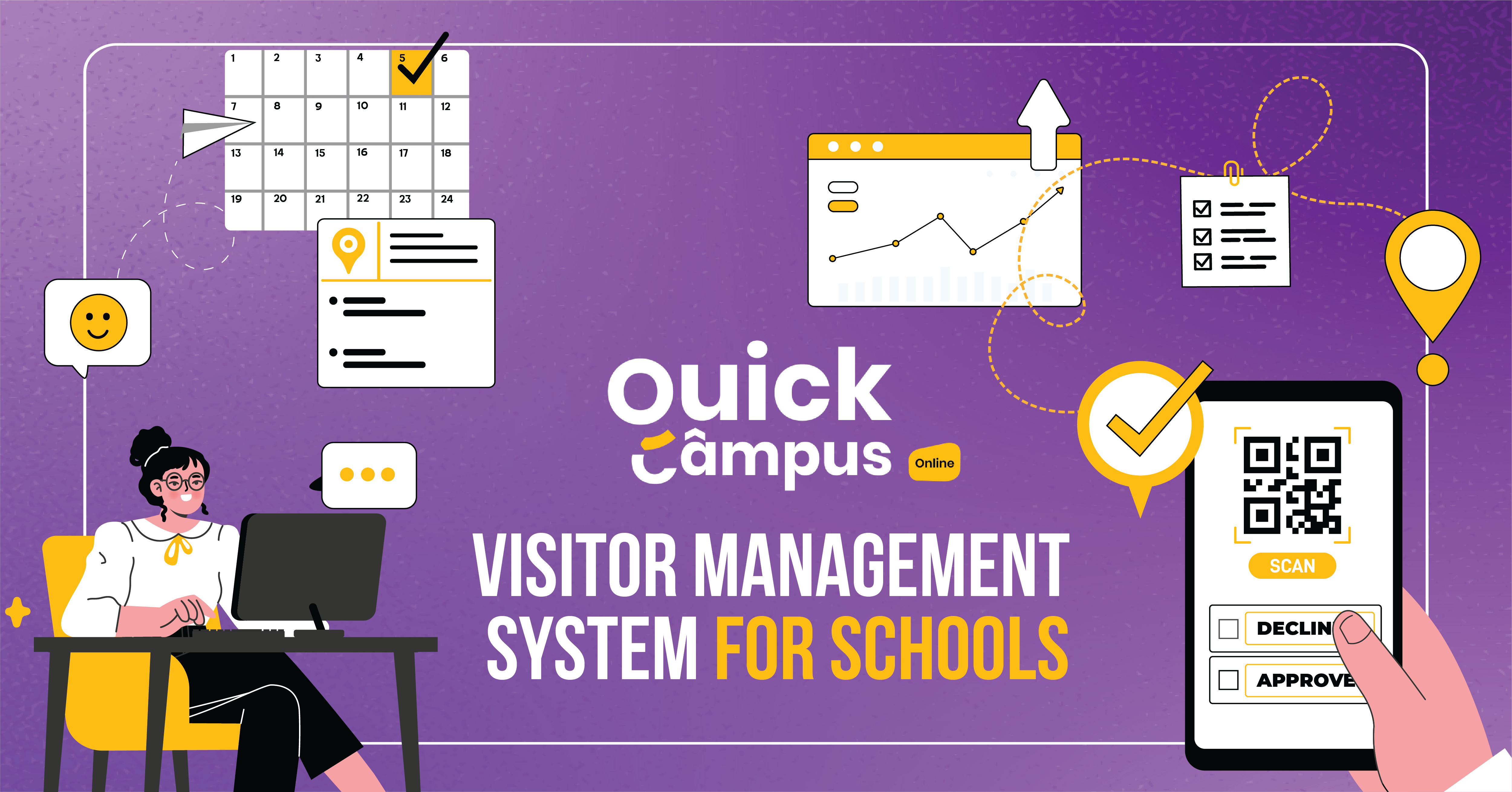Role Of School Automation System In Optimizing Administrative Tasks
Hey there, fellow educators and administrators! Are you tired of juggling a million tasks in school? Do you wish you had an extra pair of hands? Well, guess what? It’s already here in the form of automation.
Automation, once a buzzword in IT, has become a companion to a streamlined education setup. Schools are making this possible by adopting school management software.
Research shows that educational institutions can save up to of teaching time by automating various tasks. From scheduling classes to tracking performance, schools can automate their admin tasks to promote error-free processes.
If you are still using manual methods, stop wasting your time! Revolutionize your administrative processes. Read on to decode process automation in educational setups.
School Automation System: Meaning & Utility
A school automation system is a set of software that automates a school’s diverse operations. Automation has become the new normal, from saving time on manual administrative work to creating a common platform for all the institute’s stakeholders.
Automating tasks such as copying scores/grades between systems, creating report cards, sending emails, and grading papers can thereby reduce operation costs and help teachers enhance overall productivity. Teachers can use the saved time to focus on their teaching and substantially enhance it.
Benefits Of School Automation System
Automation systems offer many advantages to educational institutions. No wonder automation is the future! Let’s look at its benefits:
1. Ease Of Management
School automation enables the easy management of administrative tasks, making the entire premise online and using online learning platforms. For example, fee automation can eliminate the hassle of manual fee collection, including tracking who has or hasn’t paid fees, updating ledger entries, and determining amounts owed.
2. Improves Efficiency
With less time spent on administrative tasks, teachers have more time to dedicate to classroom activities, lesson planning, and live projects. Moreover, schools can manage scheduling and reminders, eliminating the need for double-checks through automation.
3. Promotes Communication
School automation streamlines the communication system in schools. Automated notifications and updates keep staff, students, and parents informed, avoiding the burden of repetitive administrative tasks. It also fosters collaboration among students, parents, teachers, and administration.
By utilizing shared calendars and project management tools and platforms, schools can leverage the potential of teamwork and coordination.
Techniques Of Automation To Optimize Administrative Tasks
Now that you understand the meaning and benefits of process automation, let’s understand how to implement it. After all, successful implementation is the key to correct automation.
1. Automating Emails
Automating emails is one useful technique that schools can adopt. Teachers’ primary purpose is to teach students and make learning fun. Replying to emails is not their priority. Therefore, automating emails to respond to standard questions can efficiently fulfill this task.
2. Scheduling Teacher Calendars
Teachers’ calendars and lesson planners can be automatically scheduled by the management. From automating teachers’ timetables to events and meetings, school automation can reduce the workload of institutions.
3. Updating Students’ Time Tables
With the rise of educational needs and digitization, student timetables are becoming more flexible. Automation works well in that case. For instance, if a teacher is absent, the substitute’s class can automatically be added to the student’s timetable.
4. Generating Certificates
To generate pass or fail certificates, multiple forms must be filled out and printed, which can be time-consuming and cumbersome. However, automation can streamline the process of generating certificates. Workflow software can efficiently collect information and automatically generate and print certificates.
5. Managing Attendance
Introducing an automated student attendance management system revolutionizes school operations. Through personalized RFID cards, students seamlessly scan in upon arrival. In instances of absence, the system autonomously alerts teachers and parents, bolstering student safety and facilitating transparent communication. This sophisticated automation streamlines attendance tracking while preserving the system’s fundamental goal of enhancing safety and communication.
Automate Your School Administration With Quick Campus
In summary, schools are looking for the opportunity to adopt management systems to elevate their core mission. Despite being a new phenomenon, schools are now tapping into technology. Doing so will ensure that administrative efficiency and educational excellence go hand in hand.
Now it’s your turn to embrace this revolutionary system and reap its advantages to the fullest. With Quick Campus, you can do it easily. We specialize in school management software and have already redefined the administration of 3,500+ schools. We help schools optimize their operations smartly, safely, and affordably. Are you ready for this? Get in touch today!
What Is An Example Of Automated Administrative Tasks In School?
Automated administrative tasks in schools use technology to optimize and streamline administrative tasks. For example, a biometric is used to manage the daily attendance of students, teachers, and every stakeholder.
How Is Automation Used In Education?
Automation is used in education in various aspects, from the admission process to student enrollment. By automating these processes, tasks can be simplified, staff workloads reduced, and other operations processed efficiently.
How Does Automation Reduce Operation Costs?
Automation reduces operation costs by minimizing manual and repetitive work. By automating routine tasks, staff can focus on higher-value work, leading to increased workflow efficiencies and ultimately reducing costs while potentially enhancing revenue.

